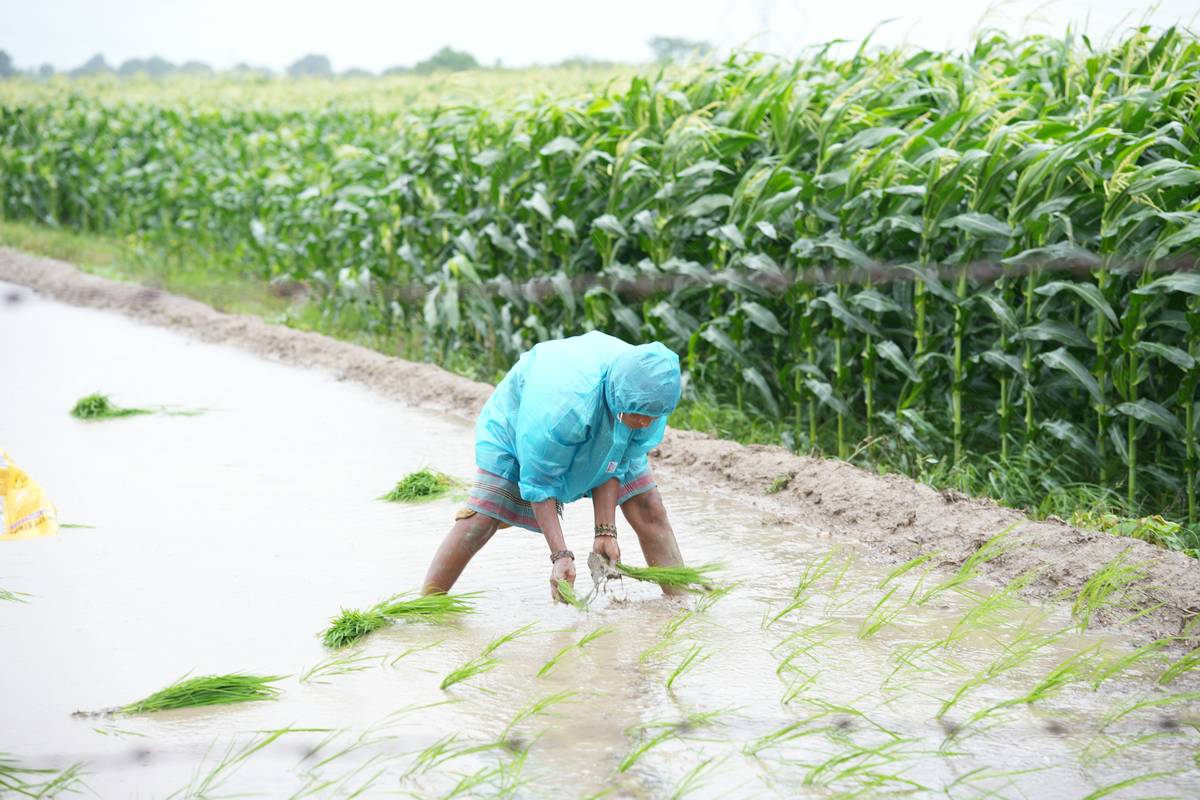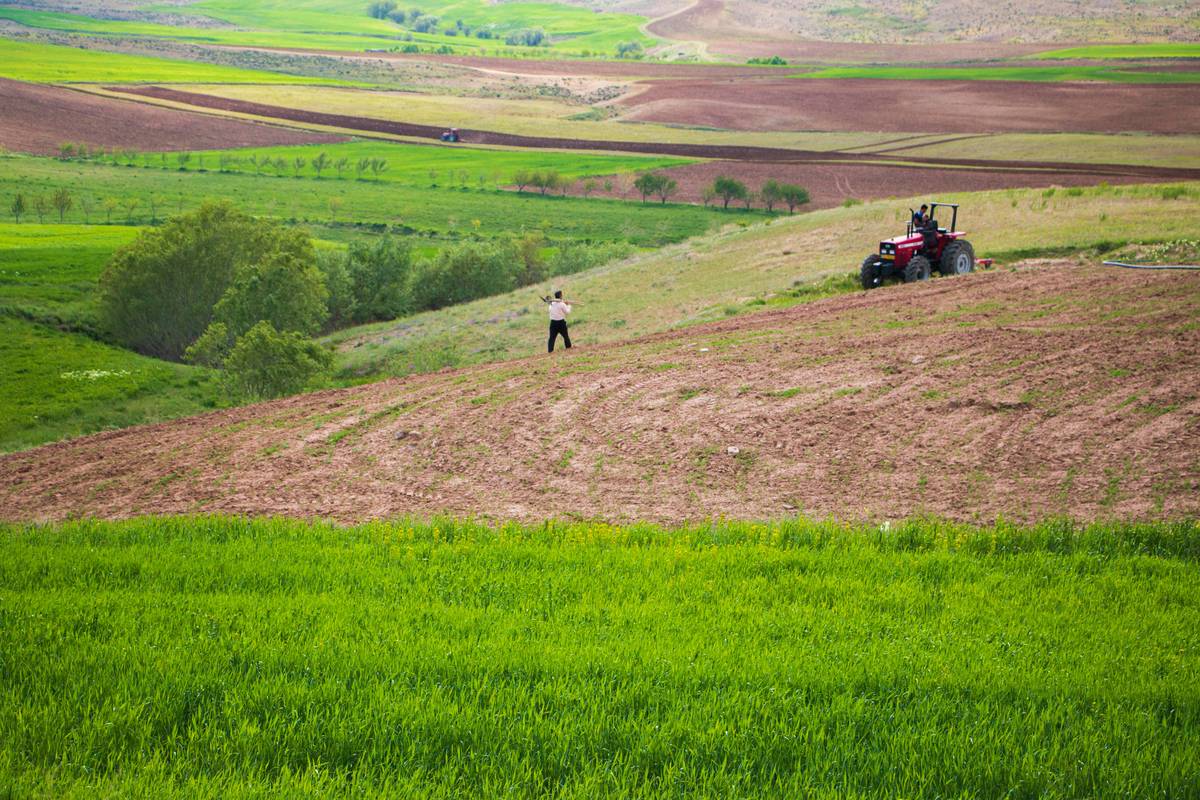Ever stared at your fields after a brutal hailstorm, wondering how on earth you’re going to recover? Yeah, us too. Hail can turn thriving crops into financial nightmares faster than a TikTok video spirals out of control. That’s why having a solid crop hail safety plan isn’t just smart—it’s essential.
In this article, we’ll walk you through everything you need to know about safeguarding your harvest against nature’s icy wrath. From understanding what hail insurance covers (spoiler: it’s not ALL fun), to crafting an ironclad strategy, you’ll learn:
- The real cost of ignoring hail damage.
- A foolproof step-by-step guide to building your plan.
- Pro tips straight from farmers who’ve been there—and survived.
Table of Contents
- Key Takeaways
- Why You Need a Crop Hail Safety Plan
- Steps to Build Your Own Crop Hail Safety Plan
- Best Practices for Maximum Protection
- Real-Life Success Stories
- FAQs About Crop Hail Insurance
- Conclusion
Key Takeaways
- Hailstorms are unpredictable but costly disasters that threaten crop yields.
- A comprehensive crop hail safety plan includes tailored insurance policies and proactive field management.
- Early preparation and education on claims processes save time and money during emergencies.
Why You Need a Crop Hail Safety Plan
“I once thought skipping hail insurance would be fine because *’it never hails here’*—famous last words before $20,000 worth of crops got obliterated,” admits John, a farmer from Nebraska. Sound familiar?
Hail doesn’t care about wishful thinking or historical weather trends. The National Oceanic and Atmospheric Administration (NOAA) reports over 5,000 significant hail events annually in the U.S. alone. Even one severe storm could devastate entire farms overnight.

Sensory overload alert: Imagine standing among flattened stalks, the crunch of shattered leaves underfoot echoing louder than your silent panic as you calculate losses. A crop hail safety plan ensures you won’t face this scenario empty-handed.
Steps to Build Your Own Crop Hail Safety Plan
Optimist You: “This sounds easy enough!”
Grumpy You: “Ugh, paperwork—but only if coffee’s involved.”
Here’s how to get started:
### Step 1: Assess Your Risk Level
Every region has unique hail patterns. Consult local agricultural extensions or meteorological data to understand your area’s vulnerability. Tools like NOAA’s Storm Prediction Center provide valuable insights.
### Step 2: Choose the Right Insurance Policy
Not all hail insurance is created equal. Options include:
- Named Peril Policies: Cover specific risks like hail.
- All-Risk Policies: Broader coverage but pricier premiums.
### Step 3: Document Everything
Keep meticulous records of pre-storm conditions—photos, drone footage, yield forecasts. These documents will prove invaluable when filing claims later.
Best Practices for Maximum Protection
To ensure your crop hail safety plan works seamlessly, consider these top strategies:
1. **Diversify Crops**
Growing resistant varieties minimizes potential damages.
2. **Regular Maintenance**
Healthy soil and proper irrigation increase resilience.
3. **Pre-Storm Prep**
Use wind barriers or protectants where feasible.
4. **Claim Filing Drill**
Practice walking through the claims process so you’re ready when disaster strikes.
Brutal Honesty Alert: Avoid shady agents promising “guaranteed full payouts.” If it sounds too good to be true, it likely is. Always vet providers thoroughly.
Real-Life Success Stories
Jane, a soybean farmer from Iowa, recounts her close call: “We had a monster storm last June. Thanks to our crop hail safety plan, we filed quickly and received compensation within weeks. Without it, I’d still be drowning in debt.”

FAQs About Crop Hail Insurance
What Does Hail Insurance Typically Cover?
Most plans cover physical damages directly resulting from hail impacts. However, exclusions may apply, so read your policy carefully.
How Much Does It Cost?
Pricing varies based on location, crop type, and policy terms. Expect anywhere from $10-$50 per acre depending on factors.
Can I File Claims Immediately After a Storm?
Yes, but accuracy matters. Ensure thorough documentation before submitting claims.
Conclusion
A crop hail safety plan isn’t just another expense—it’s peace of mind wrapped up in paper contracts. By understanding risk levels, choosing robust coverage, and staying prepared, you shield both your livelihood and future.
So, next time dark clouds loom overhead, you’ll have more than crossed fingers—you’ll have a plan. Now go grab that coffee; you’ve earned it!
Like a Tamagotchi, your SEO needs daily care.


